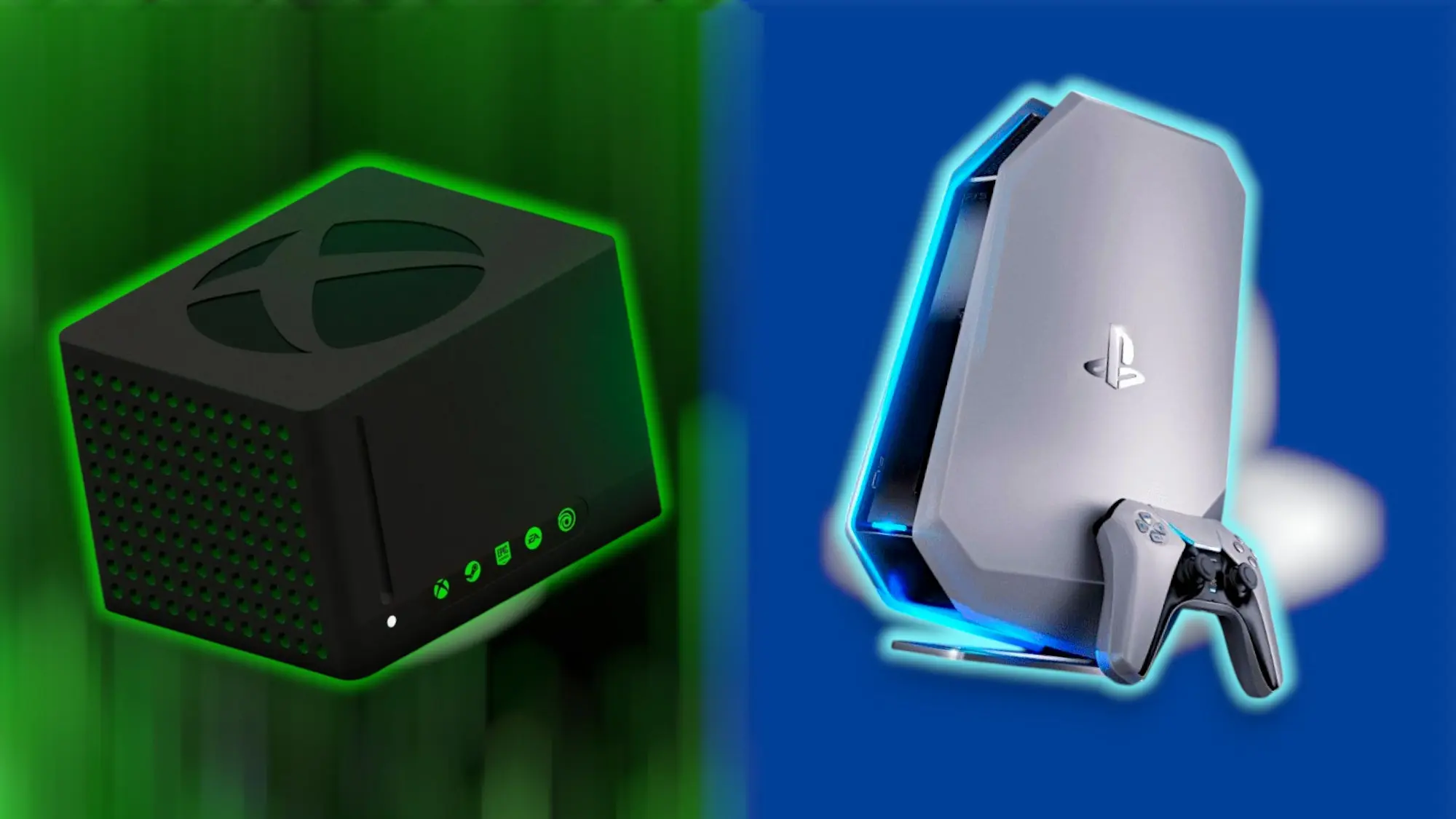Next-gen consoles are starting to get more attention, and early leaks are already giving us a good idea of what to expect. The PS6 and next Xbox (internally called ‘Magnus’) are both expected to launch around 2027-2028, with the goal to deliver a big step up from current hardware.
According to Moore’s Law is Dead and trusted insider KeplerL2, both consoles will run AMD’s upcoming RDNA 5 GPUs and Zen 6 CPUs, with massive boosts in both rasterization and ray tracing performance.
You can check out the original sources here if you want the full details:
Next, let’s break down what the current leaks are saying.
PS6 (Orion) – Specs and Performance Targets
Sony’s next PlayStation is reportedly built around AMD’s RDNA 5 architecture and Zen 6 CPU cores. The raw specs might not sound wild on paper, but performance is where things get interesting.
Early Specs (unconfirmed):
- CPU: 8-core Zen 6
- GPU: 40–48 RDNA 5 compute units @ 3GHz+
- RAM: GDDR7 with a 160–192-bit bus
- Power: 160W TDP (lower than PS5)
- Backwards Compatibility: Full support for PS4 and PS5 games
Expected Performance Gains:
- Up to 3× faster in rasterization than PS5
- Up to 10× faster ray tracing performance
- Targeting native 4K at 120FPS with RT
- Possible AI-powered rendering features as well
Even though it may have fewer compute units than the PS5 Pro, RDNA 5’s per-core power is reportedly much higher. A few insiders even compare it to AMD’s upcoming RX 9070 XT.
Next-Gen Xbox (Magnus) – Slightly More Powerful Than PS6?
Microsoft’s next console, codenamed Magnus, might end up being even more powerful. Based on current leaks, it could have more CPU and GPU cores than the PS6, which suggests better raw power.
What we know so far:
- CPU: 11-core Zen 6
- GPU: 68 RDNA 5 compute units
- Ray tracing and high refresh support included
- Performance target: Similar to RTX 5080
- Release window: Late 2027, likely Holiday
Microsoft previously said it wants the “biggest technical leap” in Xbox history, and Magnus seems to be heading in that direction. At least from what we know right now.
What Is Special About RDNA 5?
Both consoles are expected to run on AMD RDNA 5, which brings several big upgrades over RDNA 2 and 3:
- Around +65% per-core performance vs RDNA 2
- Better ray tracing architecture
- Improved efficiency and lower power draw
- More scalable design (up to 64+ CUs)
Some of this is backed up by AMD patents for features like:
- Dense Geometry Format (similar to Unreal’s Nanite)
- Streaming Wave Coalescer for better GPU task handling
- Advanced ray tracing techniques using micro-meshes and bounding prisms
Expected Release Window and Price
Both consoles are expected to launch in late 2027 or early 2028, continuing the usual 7-year cycle. Internal sources suggest mass production starts mid-2027.
Pricing is still unknown, but current reports say Sony and Microsoft want to keep things in the $500–600 range, similar to current-gen systems.
It is also worth noting that production is expected to begin around the same time as Sony’s new handheld, codenamed Canis. You can read more about that here.
Nothing Confirmed… Yet
This is still early info, but the specs are lining up with what you would expect from a proper generational leap. Big focus on 4K120, ray tracing, and smart performance scaling without going full PC master race mode.
We will keep an eye out as new information rolls out and more studios start talking.
For more gaming hardware news and updates, check out our main gaming news hub here.



